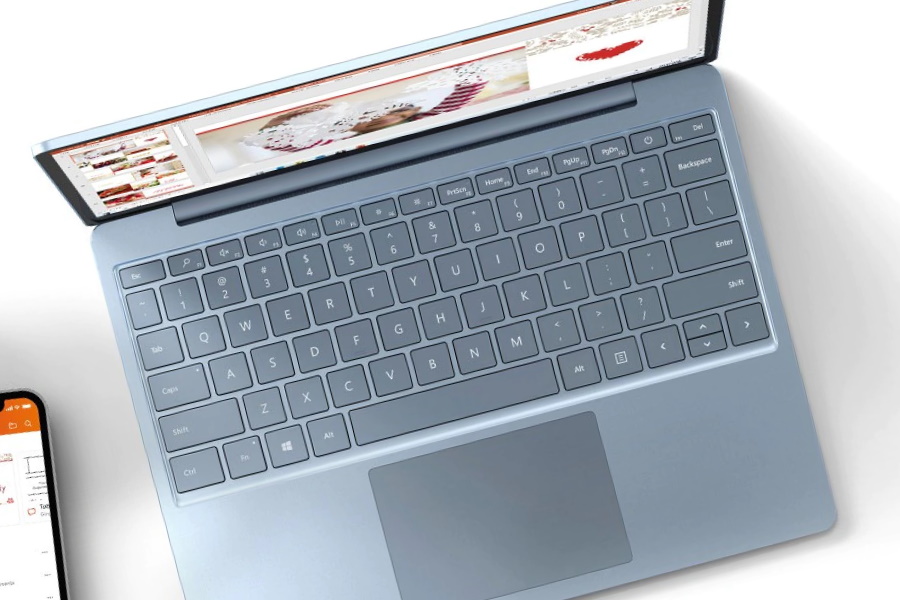
Instead, most people should opt for the configuration reviewed here, which costs an extra $150, doubles the memory, and replaces the flash storage drive with a 128GB solid-state drive (SSD) that is both more capacious and more capable than the eMMC base option. (The Windows 10 operating system alone can take up 20GB or more.) We recommend stepping up from this configuration, if you can, since those amounts are paltry in today’s world of ever-increasing program sizes. The $549.99 entry-level configuration of the laptop nets you 4GB of memory and a 64GB eMMC flash storage drive. There’s a single processor option, an Intel Core i5, a clear indication that this laptop is not suited for power users. On the inside, the Surface Laptop Go keeps things simple. By comparison, the 13.5-inch Surface Laptop 3 is 0.57 by 12.1 by 8.8 inches and 2.83 pounds, while the Apple MacBook Air is 0.63 by 11.97 by 8.5 inches and 2.8 pounds. Those numbers put it at the svelte end of the ultraportable class of laptops. It measures 0.62 by 10.95 by 8.1 inches (HWD), and it weighs just 2.45 pounds. In addition to being easy on your budget, the Surface Laptop Go will also please your shoulders when you carry it around. The entire package feels sturdy, well-engineered, and fitting of a laptop that costs more than its $699 asking price.

The design includes an aluminum display lid and a polycarbonate base, available in your choice of three colors: Ice Blue, Sandstone, and Platinum. The Surface Laptop Go is petite as modern laptops go, with a 12.4-inch display, but its physical design matches the rest of the Surface Laptop 3 family, which includes larger, pricier 13.5-inch and 15-inch versions.



 0 kommentar(er)
0 kommentar(er)
